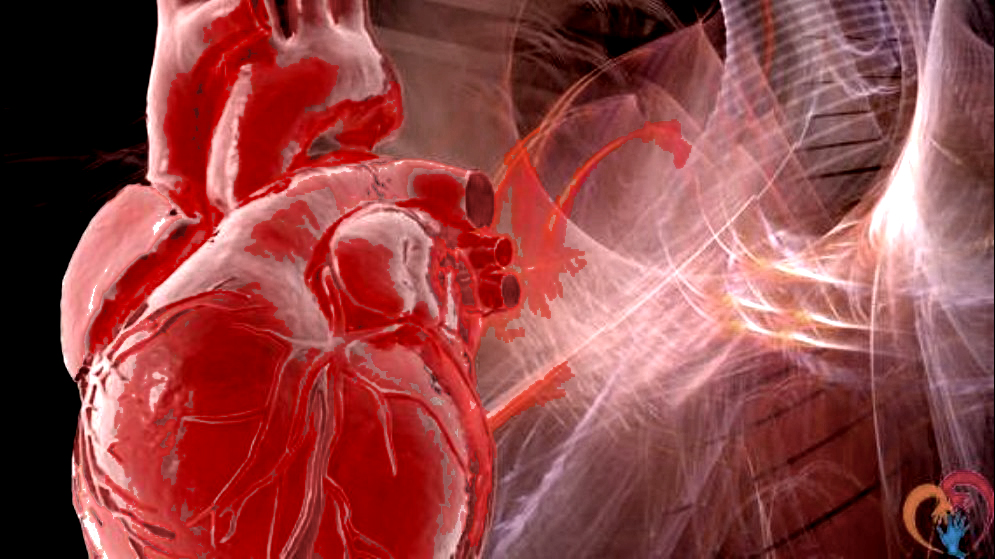Transplantation of Donor Hearts After Circulatory Death Using Normothermic Regional Perfusion and Cold Storage Preservation

Objectives
Hearts donated after circulatory determination of death are usually preserved with normothermic machine perfusion prior to transplantation. This type of preservation is costly, requires bench time adding to warm ischaemia, and does not provide a reliable evaluation of the unloaded donor heart. We report on 4 successful donation after circulatory death (category III) hearts transplanted after thoraco-abdominal normothermic regional perfusion (NRP) and static cold storage.
Methods
After life sustaining therapy was withdrawn and death was declared, perfusion to thoraco-abdominal organs was restored using extracorporeal circulation via cannulas in the femoral artery and vein and clamping of supra-aortic vessels. After weaning from extracorporeal circulation, cardiac function was assessed. Once approved, the heart was retrieved and stored using classic static cold storage. Data are expressed as median [min–max].
Results
Donor and recipient ages were 44 years [12–60] (n = 4) and 53 years [14–64] (n = 4), respectively. Time from the withdrawal of life sustaining therapy to start of NRP was 22 min [18–31]. Cold storage time was 72 min [35–129]. Thirty-day survival was 100% with a left ventricle ejection fraction of 60% [50–60].
Conclusions
Donation after circulatory death heart transplantation using thoraco-abdominal NRP and subsequent cold storage preservation for up to 129 min was safe for 4 procedures and could be a way to expand the donor heart pool while avoiding costs of machine preservation.
